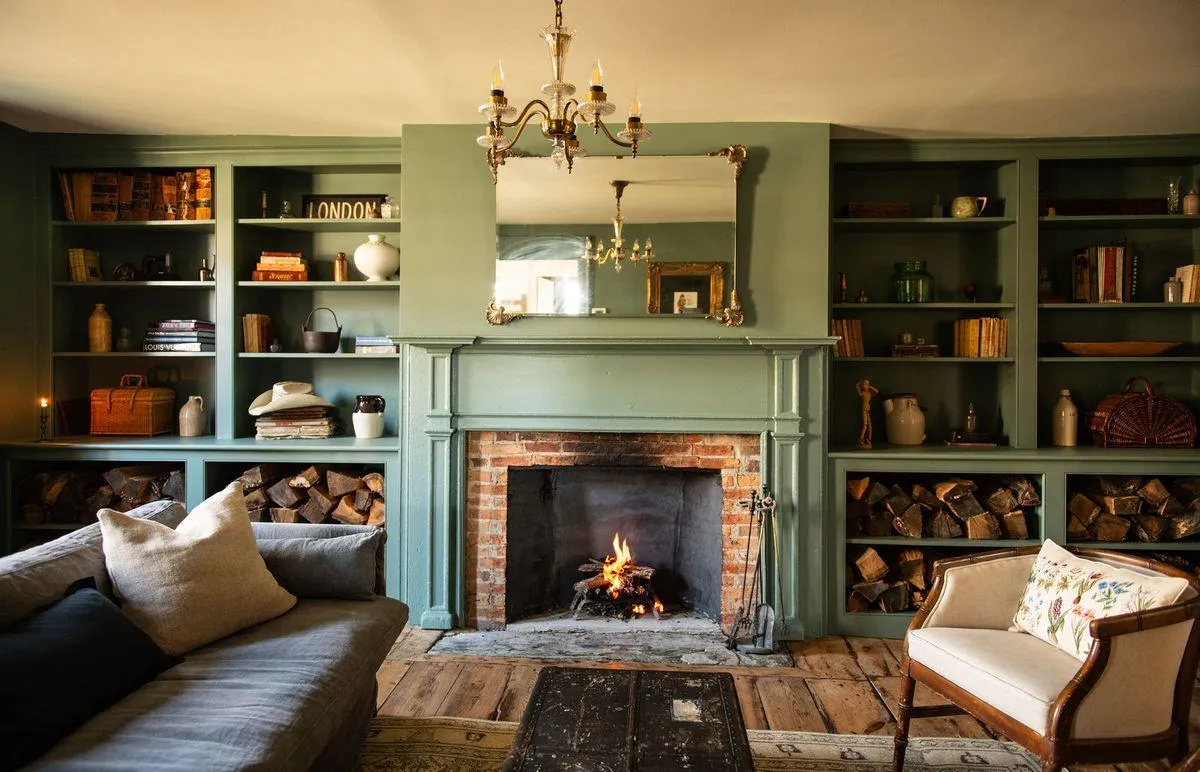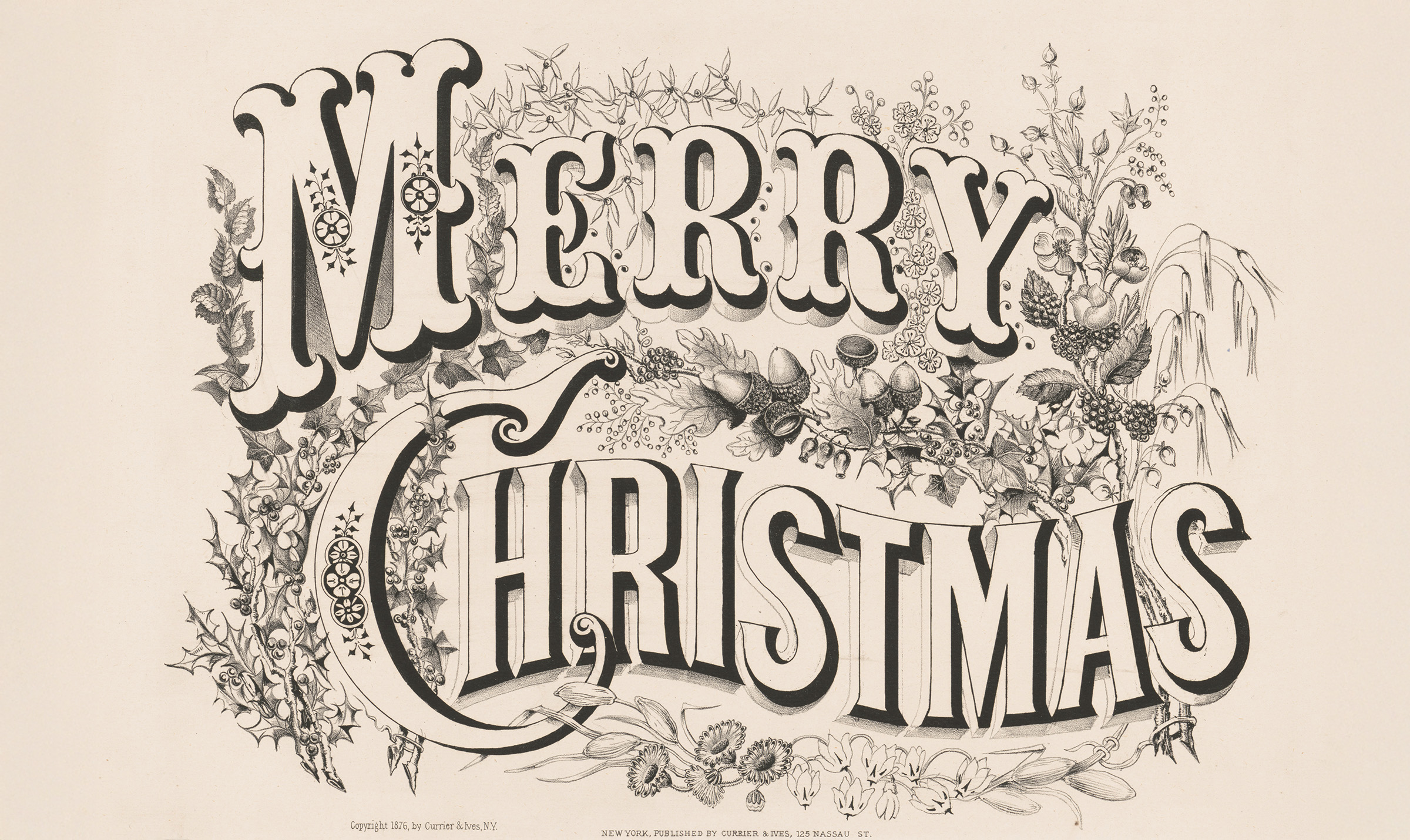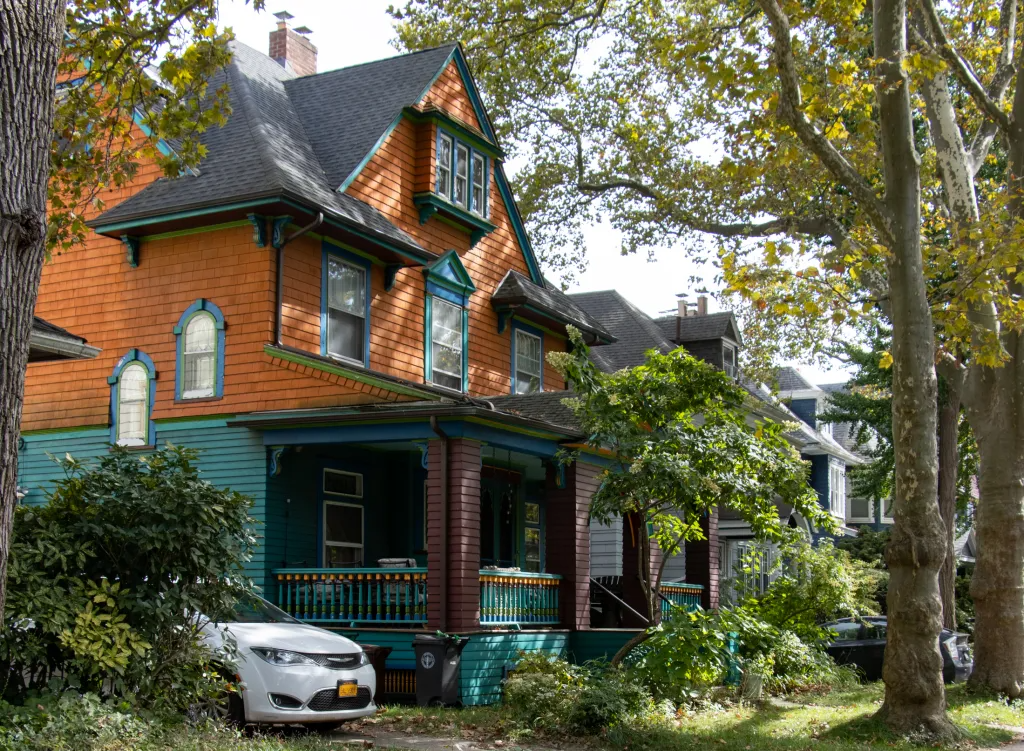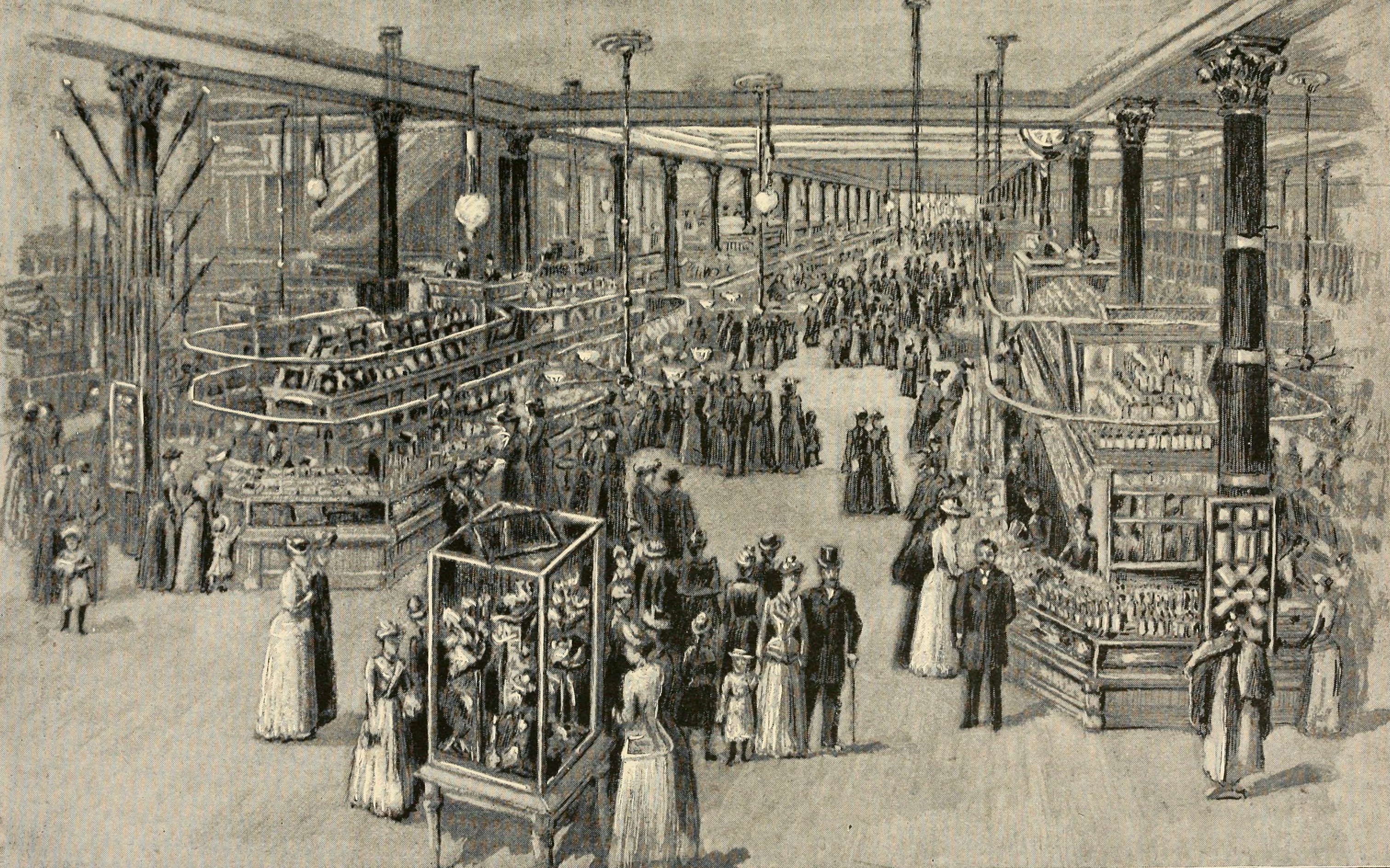Nostrand Ave: Many Hair Salons, No Cafés
Back in 2007, the New York Sun ran an article with the title Retailers So Far Fail To Follow Homebuyers to North Crown Heights. From the article: While homebuyers see the area’s potential, new businesses are proving harder to attract. Along Nostrand, for example, many stores have old facades and rundown signs. Graffiti covers the…


Back in 2007, the New York Sun ran an article with the title Retailers So Far Fail To Follow Homebuyers to North Crown Heights. From the article:
While homebuyers see the area’s potential, new businesses are proving harder to attract. Along Nostrand, for example, many stores have old facades and rundown signs. Graffiti covers the security gates over the storefronts. While heavy on nail and hair salons and barbershops, the commercial strip lacks basic services such as a bank branch. “People are buying nice homes and spending good money and there are no services,” a project coordinator for the North Crown Heights Merchants Association, who is a sales agent with Prudential Douglas Elliman Real Estate, Barbara Brown-Allen, said. “They don’t know the spending power that’s here.”
A year and a half later, the blog Nostrand Park decided to try to put some numbers to that assertion by doing a store-by-store analysis of the retail options on Nostrand Avenue between Eastern Parkway and Atlantic Avenue. The five most represented categories were Hair/Braiding Salons (13%), Variety Shops (11%), Caribbean Take-Out (10%), Bodegas/Delis (8%) and Nail Salons (5%). On the flip side, the survey found that there was not a single dine-in restaurant, café, book store or art store on the entire strip.
Nostrand Avenue North Retail Survey [Nostrand Park]
Photo by filmlynx





Apologies for the confusing Excel sheet. Not the most well versed in Excel.
Originally the list was sorted alphabetically and certain items, such as the various take-out categories (Caribbean, Chinese, Other) were grouped next to each other under the broader category of “Take-Out”. Similarly banks and other financial were grouped together under the broader category of “Financial Services” . When the sheet was resorted to do the ranking, the groupings went to the wayside. What remained is what you see. Apologies again.
I think Mr. B should start a column called “Growing Up in the Nabe” and let people write about what it was like growing up in the different neighborhoods. Of course growing up in the Bronx automatically rules me out 🙁 but we have so many posters who can really paint a vivid picture of Brooklyn life- NOP, ENY, What, Cobblehiller, etc.
Thanks for that NOP – you really painted a vivid picture.
Thanks, Bxgrl. I think of you, Montrose, East New York and a few others as compadres claiming space for Crown Heights on Brownstoner.
As for Nostrand Avenue, if anybody bothered to look above the shops and into the perspective, they’d see the outlines of a street as handsome as Seventh and Fifth Avenues — perhaps more so. There are nice details in the tenements, that handsome church tower, and the impressive limestone bank building at Eastern Parkway that combine with street’s width/building height ratio to make it a good-looking street. (And wow, did that corner building posted above come over from the Alhambra or what?)
NOP
NOP, that was perhaps the most visual and best story yet, and you’ve had some amazing stories. Thank you.
M4L,I’m certainly not advocating a Starbuck’s like shop, with $5 coffee and $9 sandwiches, so that people can hang out all day, and as rob says, look cool. I’m sure someday that will be one of the shops on Nostrand, but in the meantime, I’d love to see a basic diner with good old comfort foods, a place to have an informal meeting over coffee, a place to get a burger and fries, or a chef’s salad while reading a book, and a bagel and schmear on the weekend. These places are iconic now, and no longer belong to any nationality, and are a staple of American dining life. Everyone I speak to, no matter how long they’ve lived here, would flock to a place like this. I think it would rock in a place like the boarded up bank owned by Mazon’s up near Park and Sterling.
Like in the Fulton Mall, I would love to see a mixture of retail, which maintains those businesses thriving with the current community, but has room for new businesses for not only newcomers, but for all of us, who have had to go elsewhere to get some things. Won’t UB has good points. Being true to the neighborhood does not mean settling for marginal, substandard and less that great. We’ve done that far too long.
NOP- I’ve been saving your posts for awhile now. I loved this one! You and Montrose are 2 of the most amazing writers. We’re lucky to have you on Brownstoner.
LLstone, we might not agree still but don’t think I’m getting my point to you so let me try again. I’m FOR new retail option entering the hood. be it at Nostrand or other locations in CHN. My point is new entrants need not be expensive. It does need to ADD to the variety and choices so residents have more to choose from. Expensive entrant is OK to me too as long as it ADDs to the choices. On the coffee shop with wi-fi catering to people lounging around 4ever, most (cant say ALL since I clearly have not visited ALL that’s out there) charge a huge mark-up price. They generate profits via the huge profit margins. I’m suggesting a higher volume, lower prices, good food & svc would stand a better chance of survival. That to me hits the addressible mkt of the hood and benefits more people.
Brownstoner:
Nostrand Avenue was important to any kid growing up in Crown Heights in the 50s and early 60s. For me, it was where I ran errands for my parents, first got to spend my own money, “found” religion, was introduced to the Civil Rights movement, and committed my one and only crime.
Down the block from us on Pacific Street were a corner grocer and soda shop, book ending our block. I’d swing left during the weekdays to pick up family staples and right on Sundays to get the New York Times. The soda shop was particularly appealing. The old fashioned type, it had tile floors and wood cabinetry and shelves bristling with papers. (There were plenty then: the Times, Mirror, Daily News, Tribune, etc.) The Times was an armful, but the Sunday ritual established a pattern carried into adulthood.
Across Nostrand was my brother’s and my haunt, a stationers that sold Mad Magazine, the first periodical I ever bought for myself. The shop sat at the bottom of a wide, handsome tenement whose owners carved the big apartments into small units — a sign of the social transformation occurring in Crown Heights at the time — and then installed a temporary cut-rate stationers in the store next to the original to undermine its business and force the owners to break their lease. “Don’t Buy Next Door!” the posters in the window of the old shop beseeched passers-by, “Don’t Support Our Landlord’s Greed!” — for kids, a street-level introduction to competitive markets, to be discussed over the dinner table with our parents. (The landlord’s strategy worked; both shops closed within a year, replaced by new tenants at higher rents.)
That’s what a good neighborhood street does: it both serves and teaches kids. My next lesson came when picketers appeared in front of a local bakery that refused to hire African Americans, leading to yet another conversation at the dinner table that ended with the family decision to buy cakes and desserts only at Rosco’s, the big supermarket at St. Marks Avenue. Of course, mass-produced cakes and cookies weren’t as good as the bakery’s but, as our father made clear, that was a small sacrifice to make. (I don’t recall if the bakery changed its hiring policies. But it did close, like a lot of old-time retailers on the avenue.)
Some of my friends attended the Presbyterian church at Dean Street, whose Italianate campanile was a grace note on the avenue, so I followed them to Sunday school. My family was unchurched, but my parents let me go to read and talk about the Bible and draw my own conclusions. Every Sunday I’d put on a white shirt, dark slacks and a tie and join the drift of my pals to the place. That lasted all of a few
months, but it helped prep me for humanities courses in college.
And as for my crime. A second-grade classmate at P.S. 138 on Sterling Place dared me to steal a candy bar from the Mom and Pop at the school’s corner at Nostrand. I grabbed it and ran off. “They’re gypsies!” my friend yelled after me. “They put a hex on you!” After eating the candy bar I spent a couple of sleepless nights, expecting to die.
Also along Nostrand were a toy shop, a small department store, a fruit and nut store, a pizza parlor, and a bowling alley where we’d go with Dad — everything kids needed. The bowling alley was also old-fashioned. A skinny guy went back and forth at the end of the lanes, setting up the pins. Located in a basement, the alley’s crashing sounds came up through sidewalk grills, heightening my brother’s and my anticipation of our “boys’ night out.”
Shortly after my parents died and I was clearing out their New York apartment, I found my brother’s and my first Christmas gift to them: a set of big goblets that made us thihk of medieval knights, purchased at the little department store on Nostrand. Our parents thanked us warmly, then never used the tacky things. They did keep them, though, perfectly preserved in their original wrapping. When I found them, I was on Nostrand Avenue all over again.
Nostalgic on Park Avenue
M4L – But if that ‘existing’ community is well catered to and the new arrivals are not at all, where is the demand/opportunity? Econ 101. . . . . .
The crux of your argument is that you say “what is perceived to be trend of newbies coming into the hood and gaining mass density”. You’re obviously starting from an assumption that some have this perception when is actually may not be case. I can speak for new and older residents that the demand for another type of retail product is there and under-supplied.
I know that the first upscale coffee shop or other well-conceived product will have a much better chance of surviving than the next nail or hair salon. I’ve seen many of those open and close in the last several years. While other products mentioned above three blocks away on Franklin or Classon are thriving.